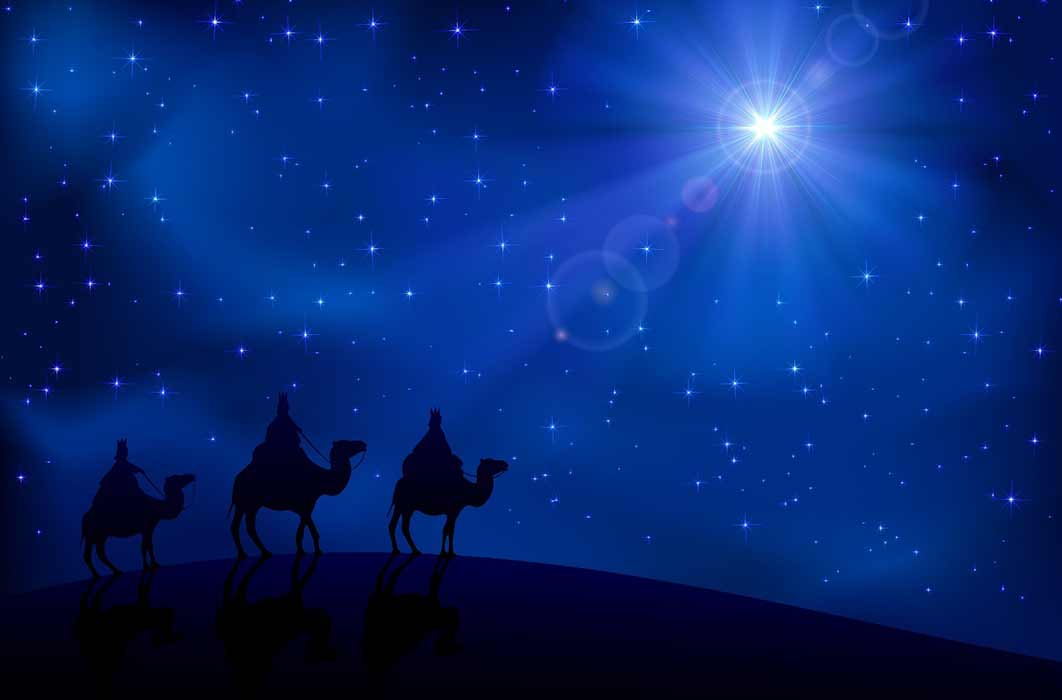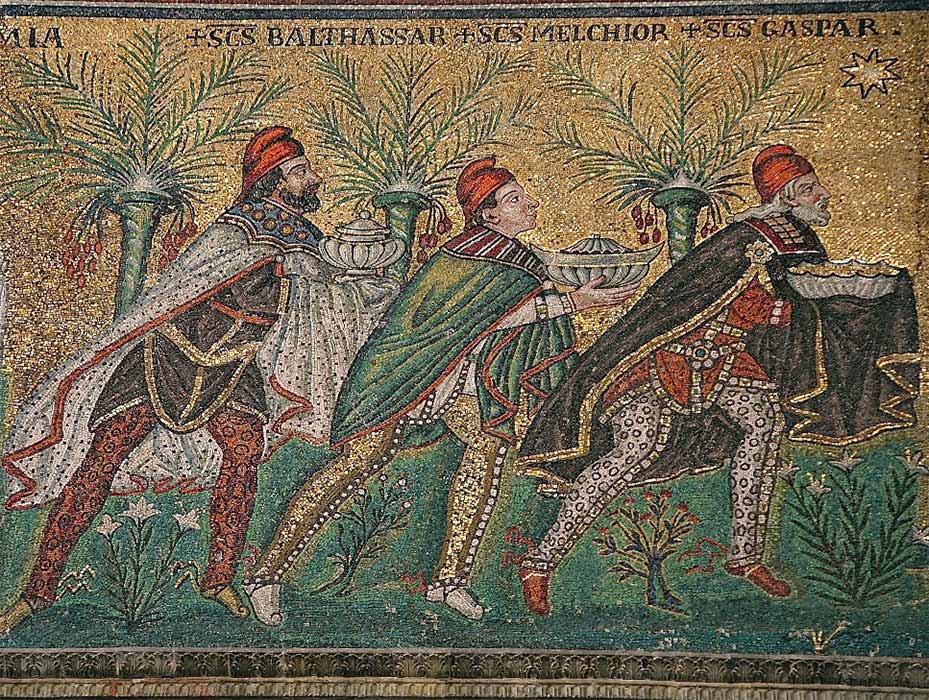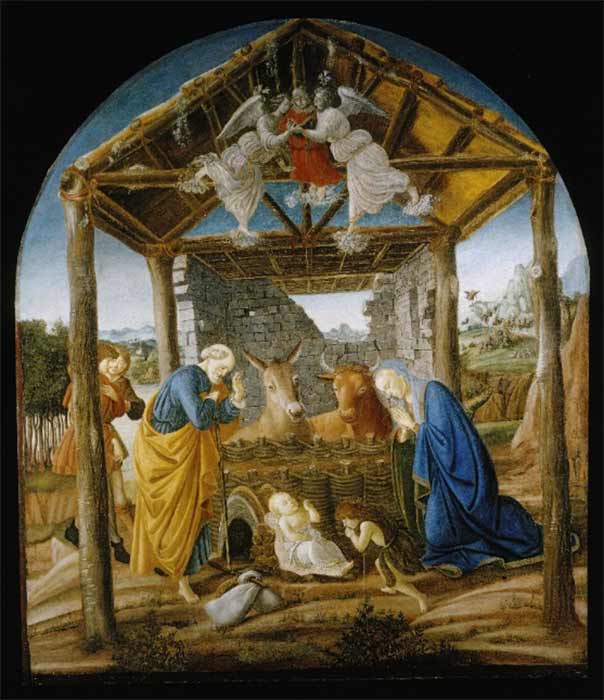
Unveiling The Star Of Bethlehem Amid The Celestial Tableau Of Jesus’ Nativity
The ‘Star of Bethlehem’ described in the Gospel of Matthew remains one of astronomy’s greatest mysteries. Matthew 2:1-12 explains how magi or astrologer-priests observed the rising of a certain star which imparted that the ‘King of the Jews’ had been born. The star then makes a supernatural maneuver—veering from its mathematically preordained course and going “before them until having come it stood over [the place] where the child was.” The magi then enter the Christ-child’s ‘house’ and found him with his mother, whence they present their iconic gifts of gold, frankincense, and myrrh.

The Three Wise Men following the Star, Basilica of Sant’ Appollinare Nuovo, (526 AD) (Public Domain)
The Gospel of Luke recounts an entirely different birth-scenario, devoid of a portentous star, magi, and house. Luke paints a bucolic scene in which the pregnant virgin, Mary, and her fiancé, Joseph, must travel from their home in Nazareth to Bethlehem to register for a census. Upon arrival they learn that there were no vacant rooms at the local caravanserai (kataluma), which forced them to sleep in the inner courtyard where the animals were kept.

Animals slept in the inner courtyard of a caravanserai, while guests stayed in rooms adjacent to or above the courtyard by Richard Dodd. (1845) (Public Domain)
There, Mary came to the end of her confinement, gave birth to Jesus, swaddled him, and then utilized a manger as a makeshift crib. Soon after she was joined by shepherds who had been alerted to the event by an angel of the Lord and heavenly host. The situation becomes even more convoluted when one recognizes that the Gospels of Mark and John never mention Jesus’ birth. Why then, did the authors of Matthew and Luke feel obligated to include the birth-narrative?

Nativity by Sandro Botticelli (circa 1473) Columbia Museum of Art (Public Domain)
The answer derives from a polemic Judaism levied against nascent Christianity in the mid-80s AD, which stated that any Jew who worshipped Jesus as the ‘Anointed-One’ (Christos) was indeed a heretic and would be expelled from the synagogue (John 9:22). This threatened Jesus’ title as the ‘Messiah’ by refuting the very foundation upon which the incipient Christian faith was built. The Gospels of Matthew and Luke’s birth-vignettes countered this argument, endowing Jesus with the correct genealogical pedigree as a firstborn son in the ‘House of David’ according to Hebrew Scripture (2 Samuel 7:12-16; Isaiah 11:1; Jeremiah 23:5-6), and placing his birth in Bethlehem, the locality specified for the Messiah by Hebrew prophecy (Micah 5:1-2). Thus, the great irony of the Nativity stories is that although they recount the earliest moments of Jesus’ life, both are the latest additions to those Gospels.




